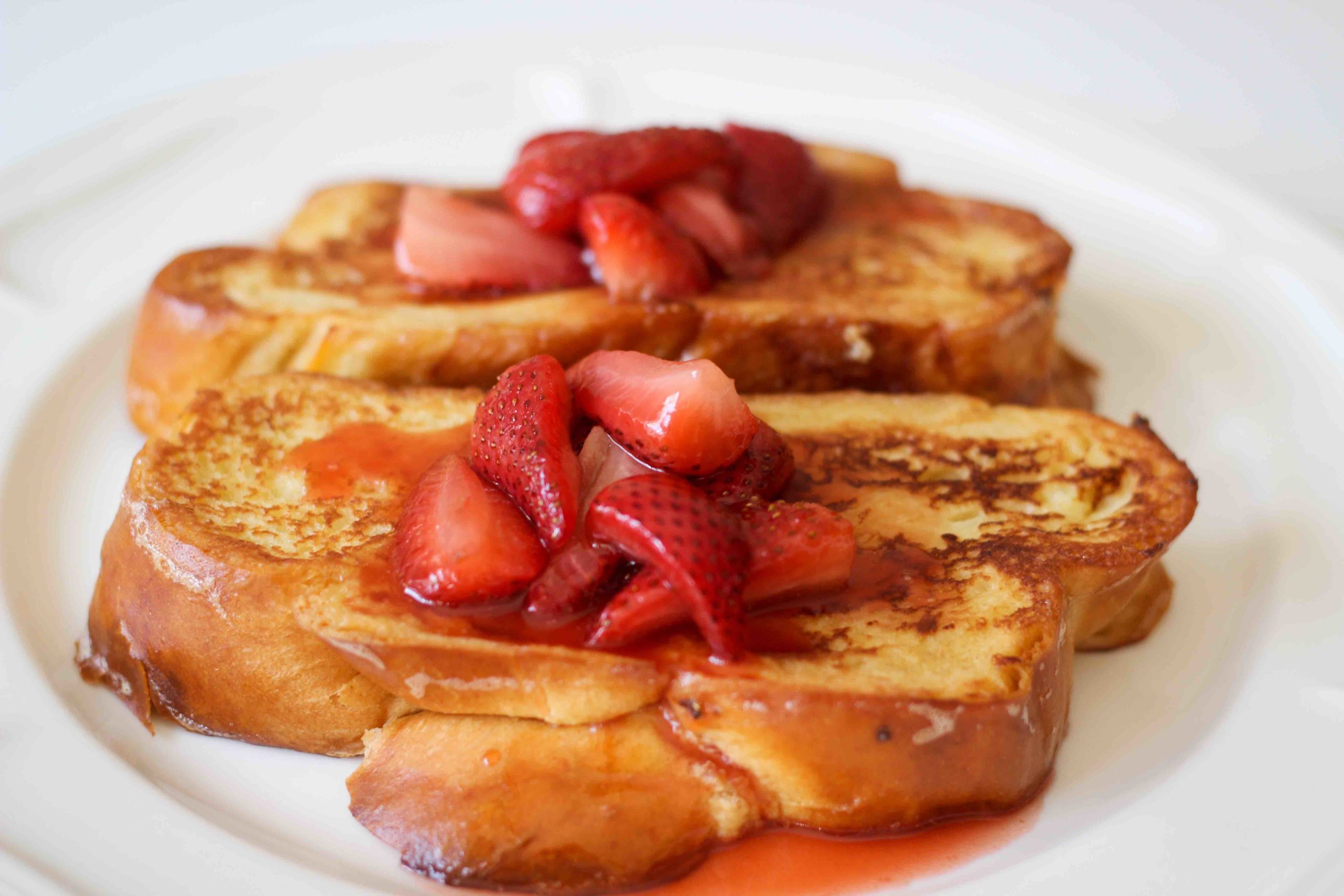

Top slices with roasted veggies, turn it into croutons, or use it to make the ultimate grilled cheese or French toast. Serve it with dips or spreads like hummus or baba ghanoush. Tear into it and enjoy it solo, or dipped in olive oil. The “ch” is soft and guttural “challah” rhymes with “koala” (yup, there’s even a cute kids’ book called Koala Challah … ) What should I eat it with?Ĭhallah is incredibly versatile. Many Jewish bakers make challah baking a meditative practice, taking time to offer personal prayers for the health and wellbeing of family, friends, and even strangers while mixing, kneading, and shaping the dough. There are special rituals associated with challah, including hafrashat challah (separating a small piece of dough and burning it as a remembrance of the temple offerings), and saying the Hamotzi blessing over the loaves before enjoying them. The number of strands in the braid or the overall shape can have both symbolic and decorative significance, too. The pair of loaves served at Shabbat and Jewish holiday meals (other than Passover, when bread is verboten) have symbolic significance - they’re meant to represent both the “showbreads” on display in the holy temple in ancient Jerusalem, and the double portion of manna that fell before Shabbat to sustain the Israelites when they were wandering in the desert. The ingredient choice is intentional, as the lack of dairy keeps the bread pareve (neutral), and therefore suitable for both meat and dairy meals per the laws of kosher dining. Often described as brioche-like, lofty braided challah is typically enriched with eggs and oil (rather than brioche’s butter and milk), and may be sweetened with sugar or honey. While there are special Shabbat breads from throughout the Jewish diaspora, challah, a mainstay of the Ashkenazi Jewish table, may be the most well-known. And yes, proper pronunciation will be addressed. Recipes to use up leftover challah > Challah what? Learn the basicsĬommonly asked questions (and answers!) about this beloved braided, yeasted bread. Stuffed, flavored, and other creative challahs > Speaking of rhythm, challah’s ties to Shabbat (the Jewish day of rest) help define the fabric of the week for many Jewish bakers, who often set aside time every Thursday evening or Friday morning to make fresh loaves for Shabbat meals. (My dad now makes challah dough in a bread machine, and my mom shapes and bakes it.) But as many of us have recently learned, getting into a bread baking rhythm can be an incredibly satisfying hobby with delicious dividends. The commonly held notions that bread baking is too complicated or the prep time too lengthy may have been a deterrent, and store-bought bread is nothing if not convenient. The secret - which my mom and Savta (grandmother) shared with a wink when guests raved over the breads - was that they were beyond easy to make because they came from the freezer section of the supermarket, courtesy of the kosher brand Kineret.īoth were consummate bakers, but neither made yeast breads from scratch. I was fascinated by the loaves’ growth as they rose and baked, and felt lucky we got fresh, warm challah at Shabbat dinner instead of bakery loaves.


Disclosure: Some of the links in this post are affiliate links, meaning if you follow the link and make a purchase, Yummly makes a commission.Īs a kid, I loved checking on the challah dough invariably rising on baking sheets every Friday afternoon.


 0 kommentar(er)
0 kommentar(er)
